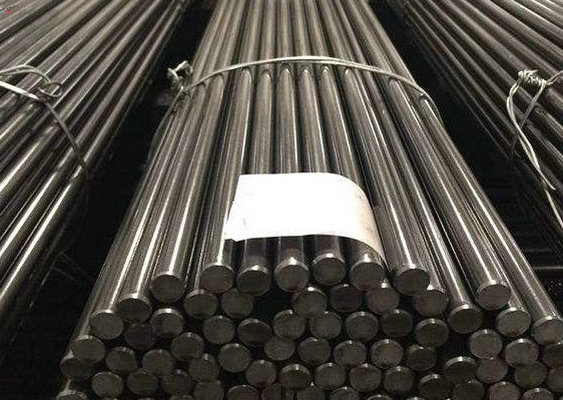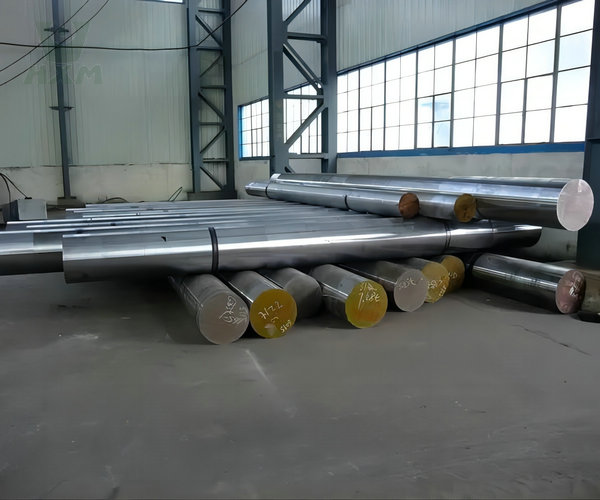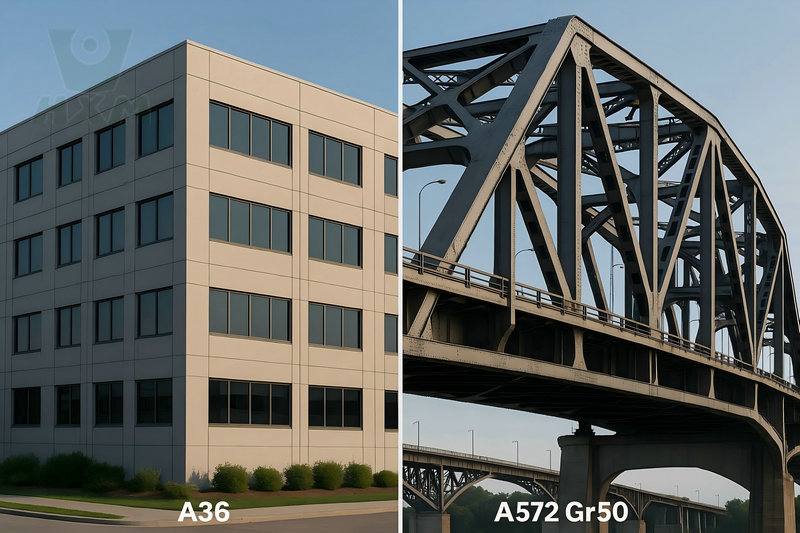Choosing the right steel grade is critical and has a direct impact on the performance, longevity, and cost-effectiveness of your project. Two of the most common, yet distinct, steel grades in the industry are 1018 and 4140 alloy steel. While both are widely used, their properties make them suitable for very different applications.
This comprehensive guide from the experts at Huaxiao Metal will provide an in-depth analysis of the key differences between 1018 and 4140 steel to help you make the right purchasing decision.
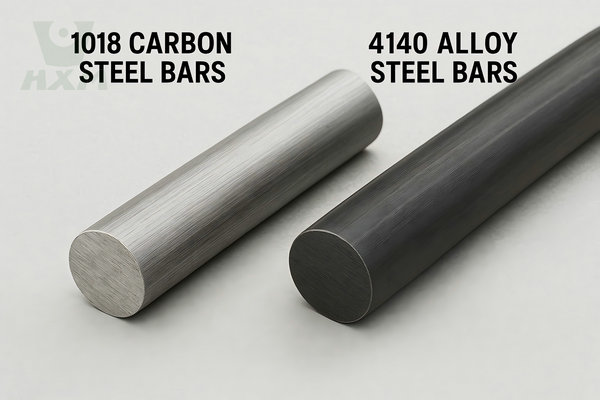
What Is 1018 Steel?
AISI 1018 steel is a low-carbon steel known for its excellent combination of ductility, weldability, and machinability. With a nominal carbon content of 0.18%, it is one of the most commonly available grades on the market. It is not typically through-hardened but responds very well to case-hardening processes like carburizing.
Key Characteristics of 1018 Steel:
Superb Weldability: This can be easily welded using all standard methods without requiring pre-heating.
High Formability: Its ductile nature allows it to be bent, pressed, and formed with ease.
Excellent Machinability: Produces a smooth, clean finish, making it a favorite for machined parts that don’t require high strength.
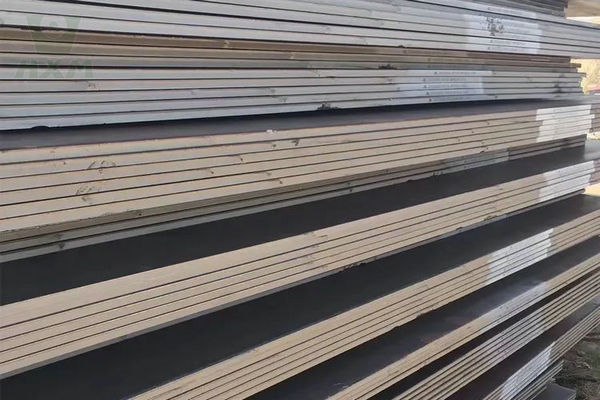
1018 Steel
AISI 1018 Steel Suppliers and Manufacturer 1018 Carbon Steel Available Products Round Bar Flat Bar Square Bar Hexagon Bar Plate Coil Tube and More Please
What Is 4140 Steel?
4140 steel, classified as an alloy steel, is a versatile material known for its exceptional strength, toughness, and wear resistance. It contains a higher percentage of carbon (around 0.40%), along with significant amounts of chromium, molybdenum, and other alloying elements. These additions enhance its hardness and overall performance under high-stress conditions.
Key Characteristics of 4140 Steel:
High Strength & Toughness: Ideal for applications subjected to high stress, impact, and wear.
Good Hardenability: Can be through-hardened and tempered to a wide range of hardness levels.
Good Wear Resistance: The alloy composition provides superior resistance to abrasion and wear.
1018 Vs 4140 Steel Differences
The strength and thickness of the steel plate are crucial factors in ensuring structural integrity and safety. Higher-strength steel plates offer better load-carrying capacity, making them suitable for heavy-duty applications. However, it’s essential to strike a balance between strength and weight, as thicker plates can increase the overall weight of the structure. Perform thorough structural analysis and consult with engineers to determine the optimal thickness and strength requirements for your project.
1018 Vs 4140 Steel Composition:
– 1018 Steel: It is low-carbon steel with a carbon content of approximately 0.18%. It also contains small amounts of other elements like manganese and sulfur.
– 4140 Steel: This is an alloy steel with a higher carbon content of around 0.40%. It also contains significant amounts of chromium, molybdenum, and other alloying elements.
Mechanical Properties (Strength, Hardness, & Ductility):
Tensile Strength: Untreated 4140 steel is already significantly stronger than 1018. After proper heat treatment, 4140’s tensile strength can be more than double that of 1018.
Hardness: 1018 steel is relatively soft (around 126 HB). 4140 can be heat-treated to achieve hardness levels well over 300 HB, making it far more resistant to wear and indentation.
Ductility: 1018 steel is the clear winner here. Its high ductility makes it easy to cold work and form without fracturing. 4140 is less ductile, especially in its hardened state.
Heat Treatment Response:
This is a major deciding factor. 1018 steel cannot be significantly hardened through its entire cross-section. It is best suited for case-hardening (carburizing), which creates a hard, wear-resistant surface while leaving the core soft and ductile. In contrast, 4140 is an excellent candidate for through-hardening via quenching and tempering, achieving uniform high strength and hardness throughout the material.
1018 Vs 4140 Steel Strength and Toughness:
– 1018 Steel: It has lower strength and toughness compared to 4140 steel. It is suitable for applications that do not require high levels of strength or hardness.
– 4140 Steel: It offers higher strength and toughness, making it well-suited for applications that involve heavy stress and require superior mechanical properties.
1018 Vs 4140 Steel Hardness:
– 1018 Steel: It has relatively low hardness and cannot be significantly hardened through heat treatment due to its low carbon content.
– 4140 Steel: It can achieve high hardness levels through heat treatment, providing excellent wear resistance and durability.
1018 Vs 4140 Steel Weldability and Machinability:
– 1018 Steel: It exhibits excellent weldability and can be easily machined into various shapes.
– 4140 Steel: While it still has good weldability, it requires more care during welding than 1018 steel. Its machinability is moderate to good, but it may be tougher to machine compared to 1018.
1018 Vs 4140 Cost:
– 1018 Steel: It is generally more affordable than 4140 steel due to its simpler composition and lower alloy content.
– 4140 Steel: It tends to be more expensive due to the additional alloying elements and the enhanced properties it offers.
As a direct steel supplier, Huaxiao Metal offers competitive prices and stable inventory for 1018 and 4140 steel.
1018 Vs 4140 Applications:
– 1018 Steel: It is commonly used for low-stress components, such as bolts, nuts, studs, and general structural parts. It is also suitable for various machining operations.
– 4140 Steel: It finds applications in demanding industries such as automotive, aerospace, and machinery. It is utilized for high-stress components like gears, axles, crankshafts, and other parts subject to heavy loads and wear.
How to Choose: Which Steel is Right for You?
Choose 1018 Steel if:
Your application requires excellent formability and weldability.
The part will not be subjected to high stress or heavy loads.
Cost is a primary driver.
You need a hard surface but a tough core (via case-hardening).
Examples: Brackets, mounting plates, pins, studs, and general structural parts.
Choose 4140 Steel if:
High strength, toughness, and wear resistance are critical.
The part will experience significant stress, fatigue, or torsion.
You require through-hardening for uniform strength.
Examples: Axles, shafts, bolts, gears, crank shafts, and tool holders.

1018 Steel
AISI 1018 Steel Suppliers and Manufacturer 1018 Carbon Steel Available Products Round Bar Flat Bar Square Bar Hexagon Bar Plate Coil Tube and More Please
Your Trusted Partner for 1018 & 4140 Steel - Huaxiao Metal
Making the right material choice is only half the battle. Sourcing high-quality, certified steel is equally important. At Huaxiao Metal, we are more than just a supplier; we are your partner in manufacturing success.
Guaranteed Quality: All our 1018 and 4140 steel products meet strict ASTM/AISI standards, with material test certificates (MTC) available.
Extensive Inventory: We stock a wide range of sizes and forms to ensure fast delivery times for your project.
Expert Support: Our team has deep knowledge of steel materials and can assist you in selecting the perfect grade for your specific application.
Competitive Pricing: Whether you are purchasing in small quantities or large-scale needs, we can quickly obtain pricing for your material needs.
Frequently Asked Questions
Is 4140 stronger than 1018 steel?
Yes, significantly. Even in its untreated state, 4140 is stronger than 1018. After heat treatment, 4140’s strength and hardness are far superior, making it suitable for high-stress applications.
Can you weld 4140 steel to 1018 steel?
Yes, it is possible, but it requires specialized welding procedures. Due to the different compositions and hardenability, you must use the correct filler metal and apply pre-heating to the 4140 steel to prevent cracking. It’s a task best left to experienced welders.
What is 1018 steel commonly called?
1018 steel is often referred to as “low carbon steel,” “mild steel,” or by its specific grade “AISI 1018.”
Is 4140 a “chromoly” steel?
Yes. “Chromoly” is a common industry term for chromium-molybdenum alloy steels, and 4140 is one of the most popular grades in this family.
In conclusion
Choosing between 1018 and 4140 steel depends on the specific requirements of your project. If you need a material with good machinability and lower strength for simple components, 1018 steel is a cost-effective option. On the other hand, if your application demands high strength, hardness, and toughness, 4140 steel offers superior performance despite its higher cost. Understanding the intended use and the required mechanical properties will help you make an informed decision for your project.

